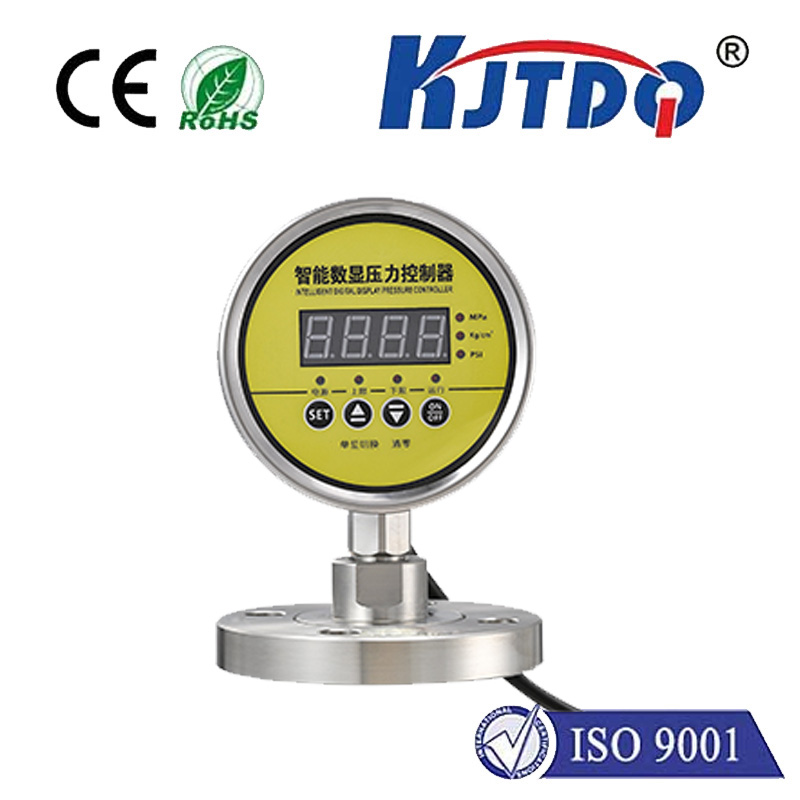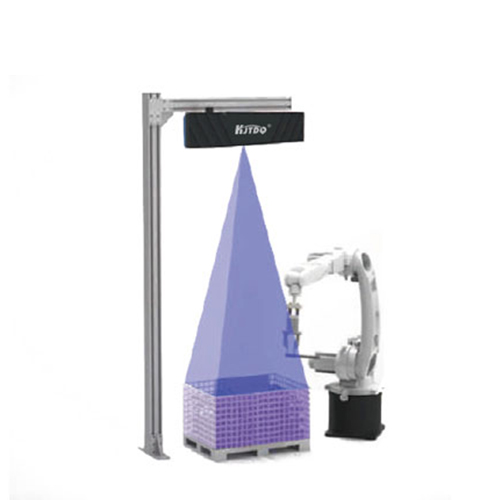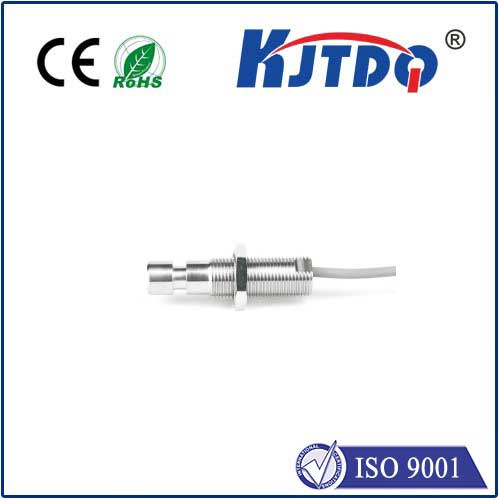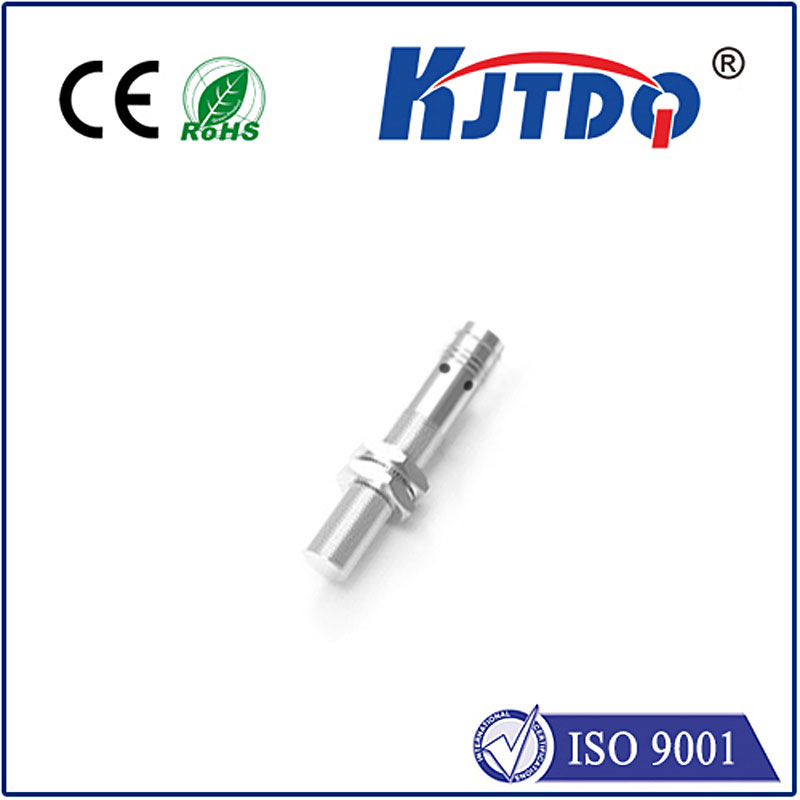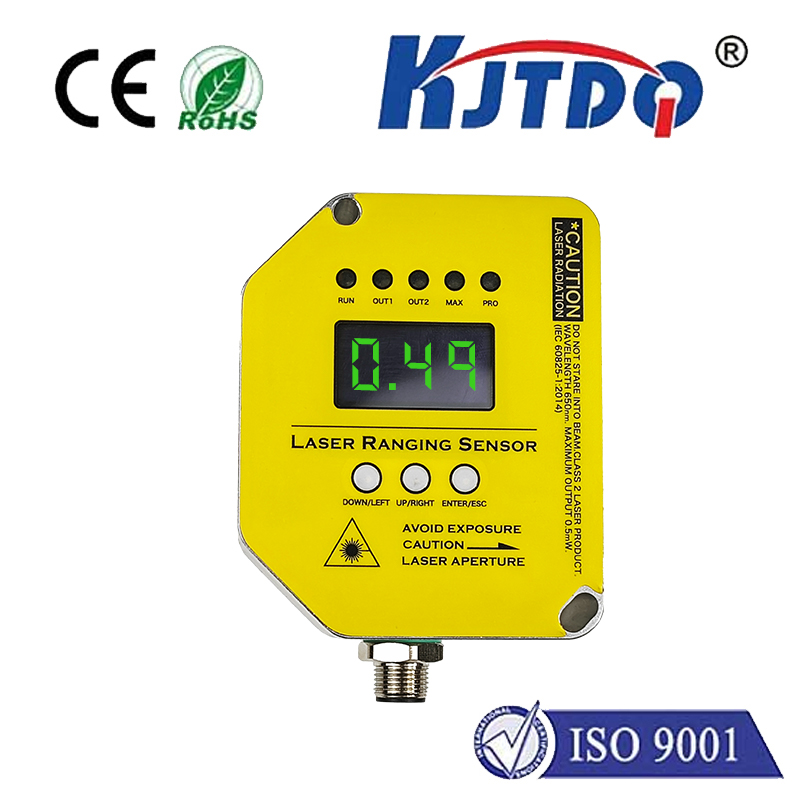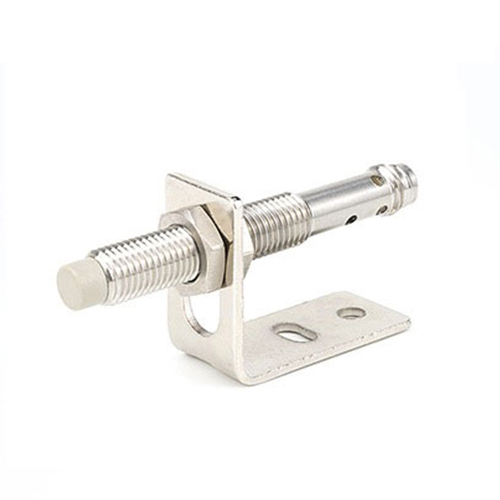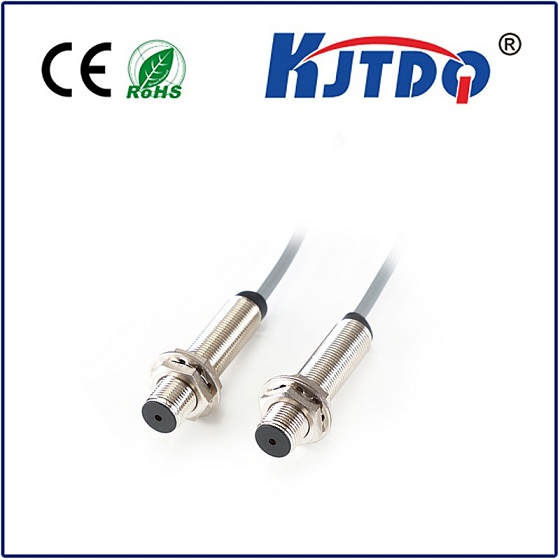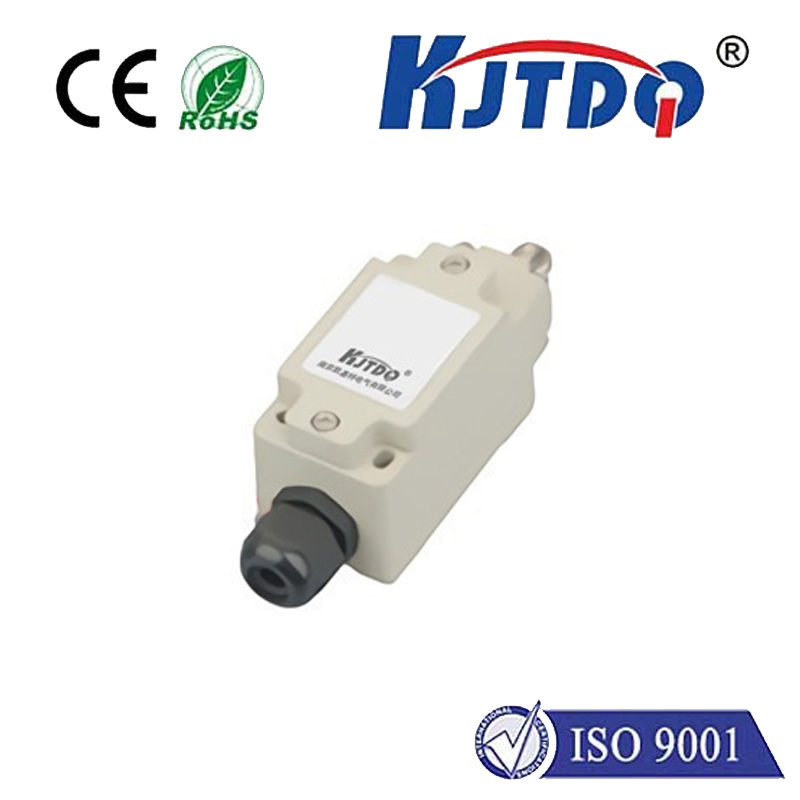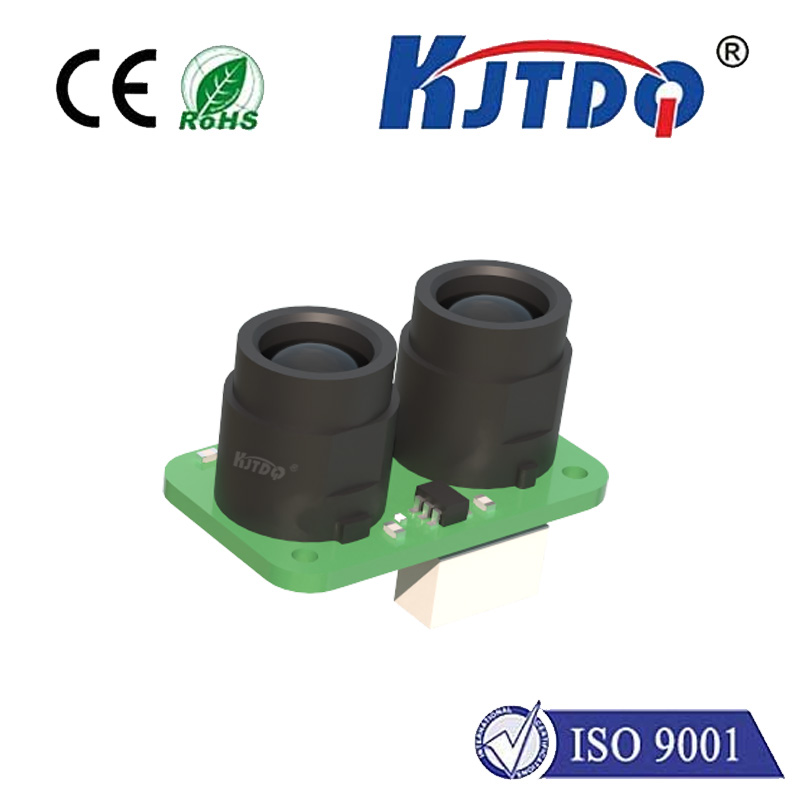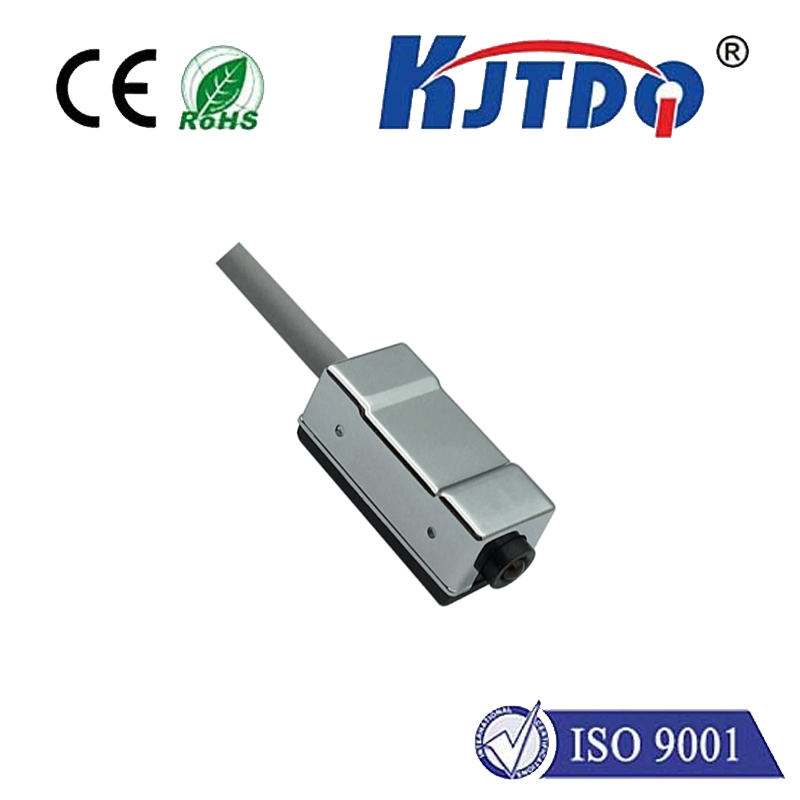laser focus sensor
- time:2025-08-29 01:46:01
- Click:0
Laser Focus Sensors: The Unseen Precision Behind Modern Manufacturing
Precision isn’t just a goal; it’s an absolute necessity. In the intricate dance of modern manufacturing, robotics, and quality control, microscopic deviations can lead to catastrophic failures or costly defects. Enter the laser focus sensor – an unsung hero wielding beams of light to deliver unparalleled accuracy and reliability, often functioning silently within complex systems. This article delves into the world of laser focus sensors, exploring their principles, critical advantages, diverse applications, and their transformative role in demanding environments.
Beyond Simple Distance: The Core Principle of Focus
While sometimes grouped with laser distance sensors, laser focus sensors operate with a distinct, specialized purpose. Their core objective isn’t just to measure arbitrary distances, but to precisely determine the position of a target surface relative to a fixed reference plane – typically the sensor’s focal point. They excel in detecting minute variations in surface height or ensuring optimal focus for intricate processes.
The most common operating principle is laser triangulation. Here’s the breakdown:
- Emission: A highly focused laser diode emits a small, intense spot of light onto the target surface.
- Reflection: The light spot reflects off the target surface.
- Detection: The reflected light travels back at an angle (dependent on the target’s distance from the focal plane) and strikes a position-sensitive detector (PSD), typically a CMOS or CCD array, inside the sensor.
- Calculation: The sensor’s internal processor analyzes the position where the reflected laser spot hits the detector array. Any deviation from the ideal focal point position translates directly into a highly accurate measurement of the target’s height displacement relative to the focal plane.
Confocal chromatic sensing is another sophisticated principle gaining traction. It uses a multi-wavelength laser source and chromatic aberration. Each wavelength focuses at a slightly different distance along the optical axis. By analyzing the color (wavelength) of the light reflected with the highest intensity back through a confocal aperture, the sensor pinpoints the exact distance of the surface. This method is exceptionally resistant to surface angle variations and offers sub-micron resolution.

Why Laser Focus Reigns Supreme: Key Advantages
Laser focus sensors offer a compelling set of advantages that make them indispensable in high-precision domains:
- Exceptional Resolution and Accuracy: They provide resolution down to nanometers and accuracy in the micrometer range, far surpassing mechanical probes or conventional sensors. This level of detail is crucial for inspecting microscopic features, controlling ultra-fine processes, or ensuring perfect alignment.
- Non-Contact Measurement: The laser beam performs measurements without physically touching the target. This eliminates the risk of surface damage, deformation, or wear on the sensor itself. It’s vital for delicate materials (like semiconductors or thin films), soft surfaces, or high-speed processes.
- High Speed: Measurements are taken at extremely high speeds (kHz range), enabling real-time process monitoring and control on fast-moving production lines.
- Small Spot Size: The ability to focus the laser to a very fine point allows for precise measurements on tiny features, edges, or complex geometries where larger sensors would struggle.
- Robust Performance: Modern laser sensors are designed for demanding industrial environments, offering resistance to dust, vibration, and varying ambient light conditions within specified operating limits.
Where Precision is Paramount: Diverse Applications
Laser focus sensors silently orchestrate precision across countless industries:
- Electronics Manufacturing (SMD Mounting, Wafer Inspection): Ensuring perfect component coplanarity (flatness) before placement on printed circuit boards (PCBs). Precisely measuring solder paste thickness. Detecting microscopic defects on semiconductor wafers or display panels.
- Automotive Quality Control: Verifying critical gap and flush dimensions between body panels. Measuring surface flatness of machined engine components (cylinder heads, blocks) or brake discs. Inspecting weld seam profiles and heights.
- Precision Machining & Metrology: Real-time tool setting and in-process measurement on CNC machines to maintain tolerances. Verifying the dimensional accuracy of machined parts against CAD models. Surface profilometry and roughness measurement.
- Medical Device Manufacturing: Ensuring dimensional accuracy of tiny, complex components like stents, catheters, and micro-surgical tools. Checking the thickness and uniformity of optical lenses and implants.
- Pharmaceutical Packaging: Verifying seal integrity by measuring cap position and closure height on vials and bottles. Ensuring correct fill levels without contact.
- 3D Scanning & Profiling: Building detailed 3D models of complex surfaces by scanning with a laser focus sensor mounted on a motion stage. Used in reverse engineering, rapid prototyping, and cultural heritage preservation.
- Robotics: Providing high-resolution feedback for precision robotic positioning, assembly, and manipulation tasks where visual servoing needs exact surface distance information. Essential for tasks like precise adhesive dispensing or component mating.
- Emerging Fields: Battery Production: Critical for inspecting electrode coating thickness and uniformity in lithium-ion battery manufacturing – a key factor in performance and safety. Additive Manufacturing: Monitoring layer height and surface topology during 3D printing.
Choosing and Implementing with Insight
Selecting the right laser focus sensor requires careful consideration:
- Required Resolution & Accuracy: Define the smallest detectable change and the maximum acceptable measurement error.
- Working Distance & Standoff: Determine the necessary distance between the sensor head and the target surface during operation.
- Spot Size: Match the spot size to the smallest feature needing measurement.
- Target Surface Characteristics: Consider reflectivity, color, angle, and transparency. Challenging surfaces (dark, shiny, transparent) may require specific sensor types (confocal is often better for these) or specialized settings.
- Environment: Account for vibration, temperature fluctuations, dust, and ambient light levels.
- Speed: Ensure the sensor’s measurement rate meets the process line speed requirements.
- Output & Interface: Choose compatible output signals (analog, digital, serial) and interfaces for seamless integration with controllers and PLCs.
Successful implementation also hinges on proper mounting stability to minimize vibration effects and meticulous calibration against known references. Environmental shielding (guards, air purges) might be necessary in particularly harsh or dusty conditions.
The Future: Sharper, Smarter, More Integrated
The evolution of laser focus sensors continues. We see trends towards:
- Increased Miniaturization: Smaller sensors enabling use in tighter spaces and more compact equipment.
- Enhanced Intelligence: On-sensor processing for edge computing, data filtering, and simpler integration.
- Higher Speeds & Resolutions: Pushing the boundaries of measurable detail and dynamic process control.
- Multispectral/Hyperspectral Integration: Combining distance measurement with material analysis using different wavelengths.
- Improved Performance on Difficult Surfaces: Ongoing advancements in overcoming challenges posed by dark, glossy, or transparent materials.
From the microscopic world of silicon wafers to the massive production lines assembling vehicles, laser focus sensors provide the fundamental layer of precision upon which quality and reliability are built. Their ability to deliver non-contact, high-speed, and incredibly accurate feedback makes them a cornerstone technology enabling innovation and efficiency across a breathtakingly wide spectrum of modern industry, ensuring that critical processes remain perfectly in focus.






